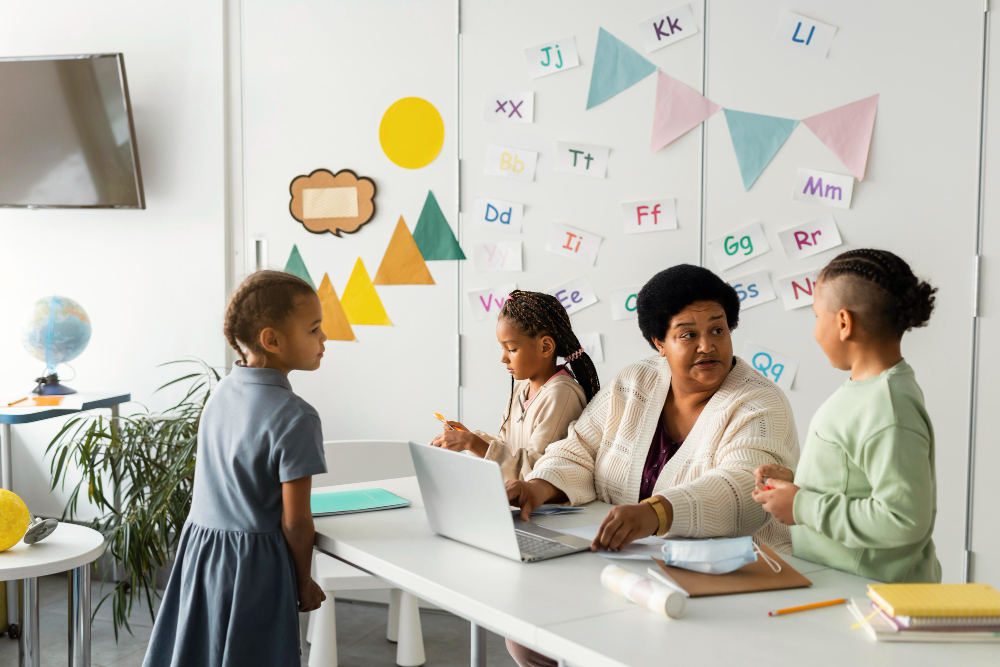In today’s education landscape, being a great teacher goes far beyond knowing your subject matter. It’s not just about lesson plans and learning outcomes — it’s about connection. Connection with your students. With parents. With colleagues. With leadership. And at the heart of all of that? Communication. As an educator, you’re constantly speaking, writing, presenting,
Walk into any well-run school and you’ll see a lot to be proud of — clear vision statements framed on office walls, detailed organisational charts, and passionate, talented teachers going above and beyond for their students. But if you scratch beneath the surface, there’s often a less-visible issue brewing. It’s not a lack of resources.
Effective communication is the heartbeat of any thriving school. It’s what connects teachers, empowers leaders, builds bridges with parents, and helps students feel seen and supported. In fact, a 2017 study by the National School Public Relations Association found that schools with strong communication strategies had significantly higher levels of parent engagement and staff satisfaction.
Picture this: A teacher walks out of a professional development session with a folder full of printouts, a head full of theory, and a heart full of… confusion. That’s because many traditional training days still look like this — one-size-fits-all PowerPoint presentations, endless bullet points, and a barrage of strategies that are rarely followed up
Once upon a time, teaching was seen as a profession confined to chalkboards, lesson plans, and classroom walls. Educators were admired, yes — but mostly within the narrow scope of academia. Fast forward to today, and the narrative is changing dramatically. A new breed of professionals is emerging: educator-leaders — passionate teachers who are stepping




